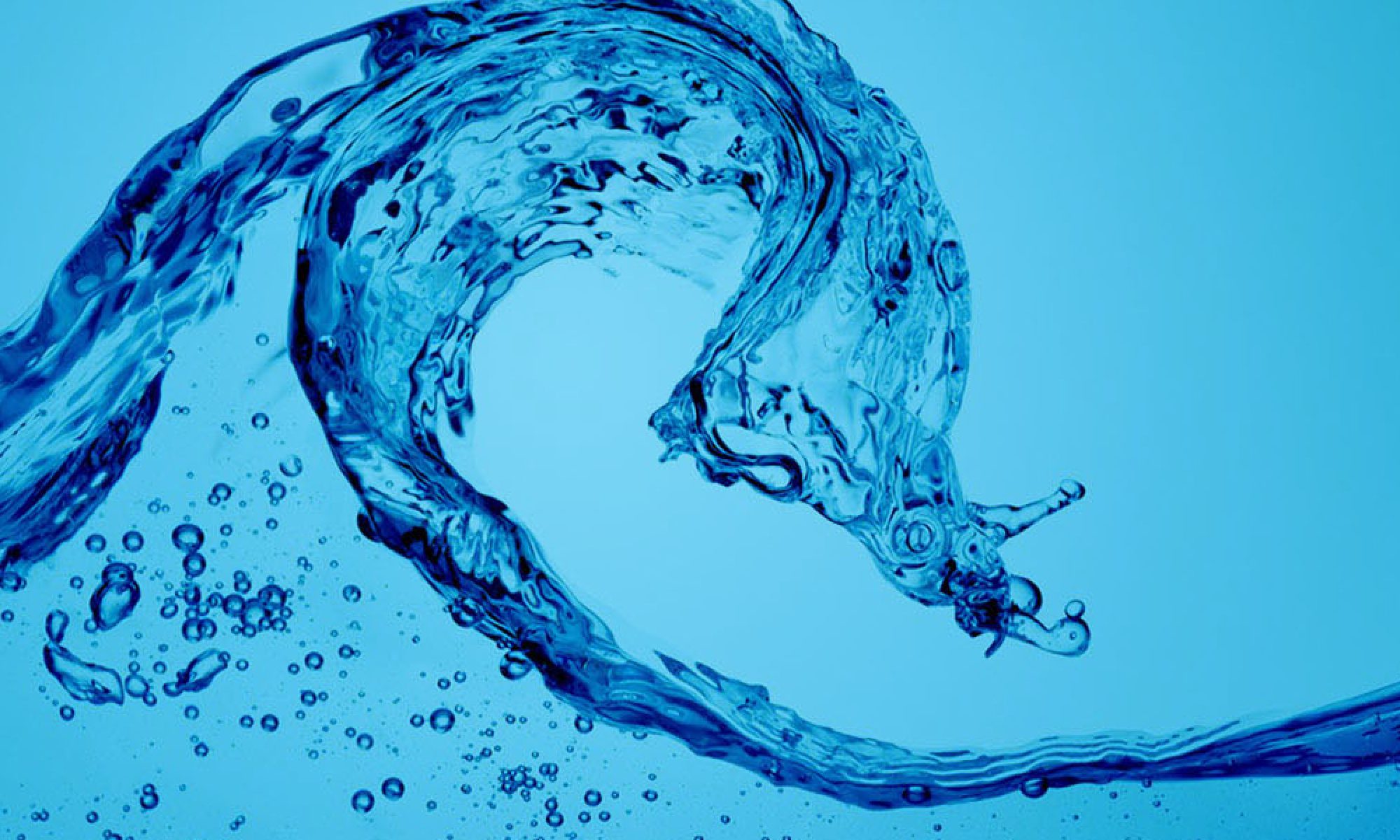The water industry is posed to have several new changes that happen within the next decade due to rapid urbanization, climate change, consumer demands, and emerging digital technologies. Complex business challenges will arise, and companies can turn these changes into opportunities that could benefit both businesses and consumers and the environment. Below, are five trends that will have an impact on the water industry within the next decade:
1. Extreme Weather
It is anticipated that we will have more extreme weather in the next decade than ever recorded before. Most of the climate change is attributed to water, and these changes will influence agricultural production, rises in sea levels, and wildfires leading to droughts and floods.
Hard engineering structures such as dikes, seawalls, and levees can be built to protect coastal communities against severe flooding. The use of intricate water modeling technologies can help determine current vulnerabilities and offer better solutions to address these coastal challenges.
2. Agricultural Changes
The UN has projected that the world’s population will reach more than nine billion by 2050 and making sure that there is enough food for everyone will be essential. It is estimated that global food production needs to be increased by at least 70% to maintain enough food. To keep up with these demands, there needs to be enough arable land for crop production and more efficient irrigation technology to handle the requests. Precision farming systems, coupled with emerging technologies to improve agricultural production, will help in using less water for more crops.
3. Reusing Wastewater
Wastewater is made up of many valuable elements such as nitrogen, phosphorus, and other resources that can be used for energy and be reused instead of letting them be discarded back into the environment. The current water consumption model is liner in nature, meaning that water is extracted from a source, checked for quality, consumed, treated, and discharged in a receiving body of water. In the next decade, we will see the emergence of a more circular model, one of which focuses on reusing wastewater and utilizing its properties we are currently discarding. To do this, we will need to rethink and redesign the current infrastructure.
4. Customer-Led Revolution
Digital technologies are used by consumers nearly every moment of the day, empowering them more than ever. People expect more personalized products and services to improve every aspect of their life, which will only increase as time goes on. Businesses must accept that the new paradigm of the empowered customer adapts their mindsets to service this expectation. Technologies for smart water softeners, filtration systems, and other consumer products will give homeowners more control over bills, utilization, and overall maintenance. The water industry will be challenged to examine how to work with businesses, consumers, and technologies to achieve the desired goals for all.
5. Smart Network and Technologies
As we progress into a more tech-driven world, smart water network solutions will increase in use and improve the reliability of physical water operations by gathering and analyzing data more effectively. The Internet of Things (IoT) is a term coined to describe all devices connected to the internet and speak with each other, sending data, automatic process, and analytics. IoT will help better manage the water industry infrastructure and reduce non-revenue water losses; it will also support essential changes to how utility companies operate and function. This will allow the opportunity to improve productivity and ROI, all while enhancing customer experience and expectations.
Reynolds Water Conditioning Co. was established in 1931 and is Michigan’s oldest water conditioning treatment company. Reynolds Water is delighted to provide the highest quality products at a cost-effective price. www.reynoldswater.com
